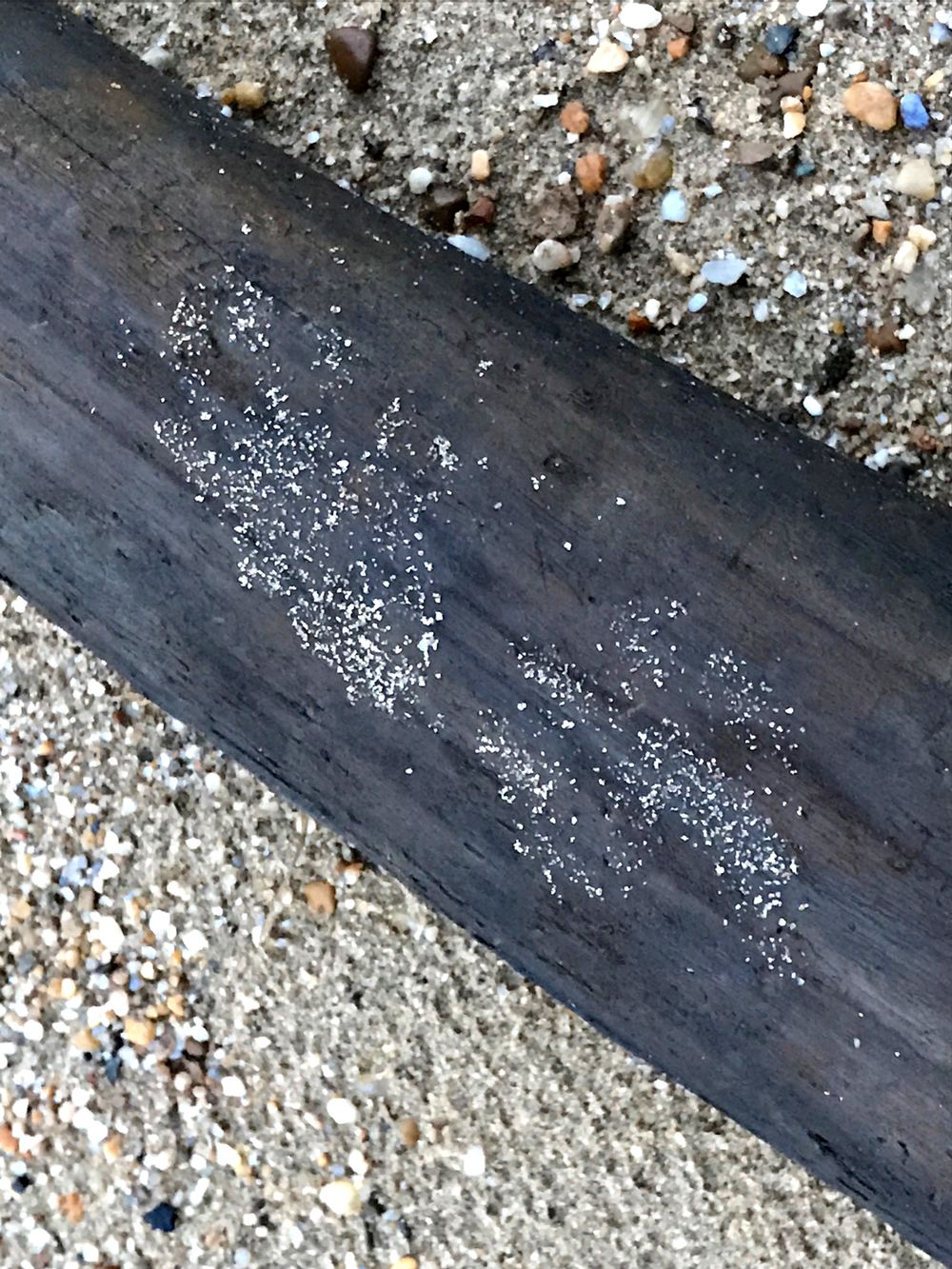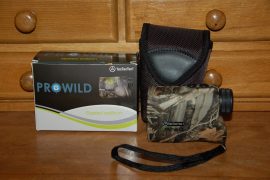The art of tracking is an age-old skill set, providing valuable information to the tracker. From a simple string of marks on the ground, we can identify prey, stay alert to the presence of predators, and even backtrack ourselves if we become lost. But what happens when we have to track through difficult terrain? There are a few tricks we can use to stay on the trail, and with some practice – you’ll start to see these subtle signs everywhere.
1. Transference
If you’ve ever tracked mud into the house, you know all about transference. This type of track occurs when material is tracked from one surface onto another surface. In the photo for this post, we have a front and rear raccoon foot. These little 5-toed feet are tracking river sand onto a dark wet log. In cases like this, the “transfer track” is delicate and very short lived. I took this picture about an hour after the rain stopped, which tells me that the track was less than an hour old. In some cases however, the transfer may result in a long-lasting track (like your muddy boot prints on the carpet).
…





